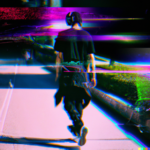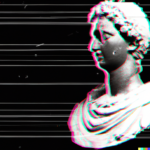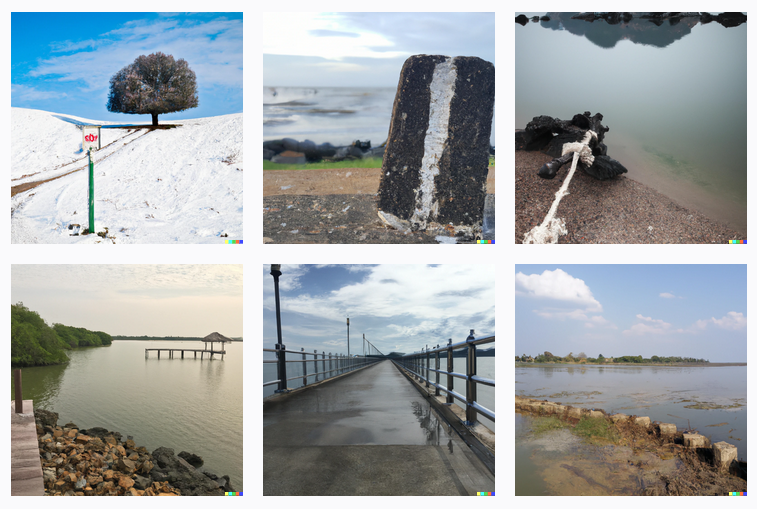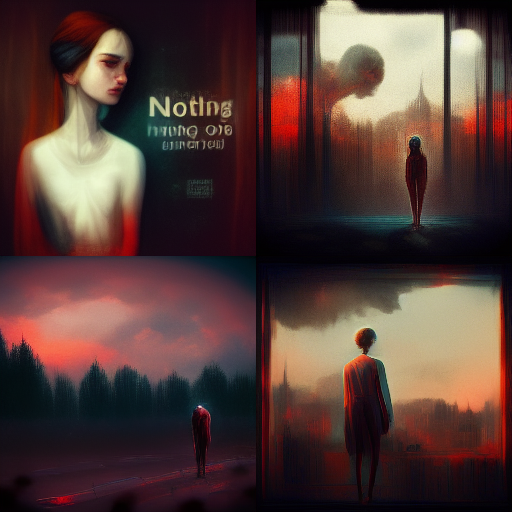I’ve been very fortunate to be involved early on with 3 of the latest AI text-to-image art systems. First was MidJourney, second was Dall-e 2, and now I’ve been able to get in on early access for Stable Diffusion. From a tech perspective, each of these generate different styles of images and have their various strengths and weaknesses. What is more curious is to observe the cultures each of these tools has surrounded themselves with.
MidJourney
When I got on MidJourney, there was a sense of exploration amongst ourselves. We seemed to all be getting in on something new and unique and we were all seemingly working together to explore this new tool. MidJourney attracted enthusiasts who wanted to learn and explore this new tool, together. There was a lot of collaboration and openness as we experimented with different prompts and getting what we wanted out of the system.
Dall-E 2
When I first got access to Dall-e and started to get into the surrounding unofficial communities, there was a striking different tone compared to the folks who were using MJ. From the restricted access, there was a lot more scams showing up where people were taking advantage of this lack of access. People were charging money to run prompts, they were charging money for invites(that didn’t exist), and there was a much bigger sense of trying to use Dall-e for commercial purposes.
Stable Diffusion
SD is the epitome of tech bro culture. Everything surrounding their release was all hype. Folks who had requested beta access were granted the ability to get in on their Discord server, but we still had to wait over 24 hours before the bot even came online. During this time, the mods, founder, and server staff continually teased us with SD’s generations and kept on building the hype. It seemed like they were focused more on growing a user fan base first instead of making sure the product was refined before launch. The founder’s messaging about bringing in “influencers” and making statements about how “well funded” they are further exemplified this opinion.







